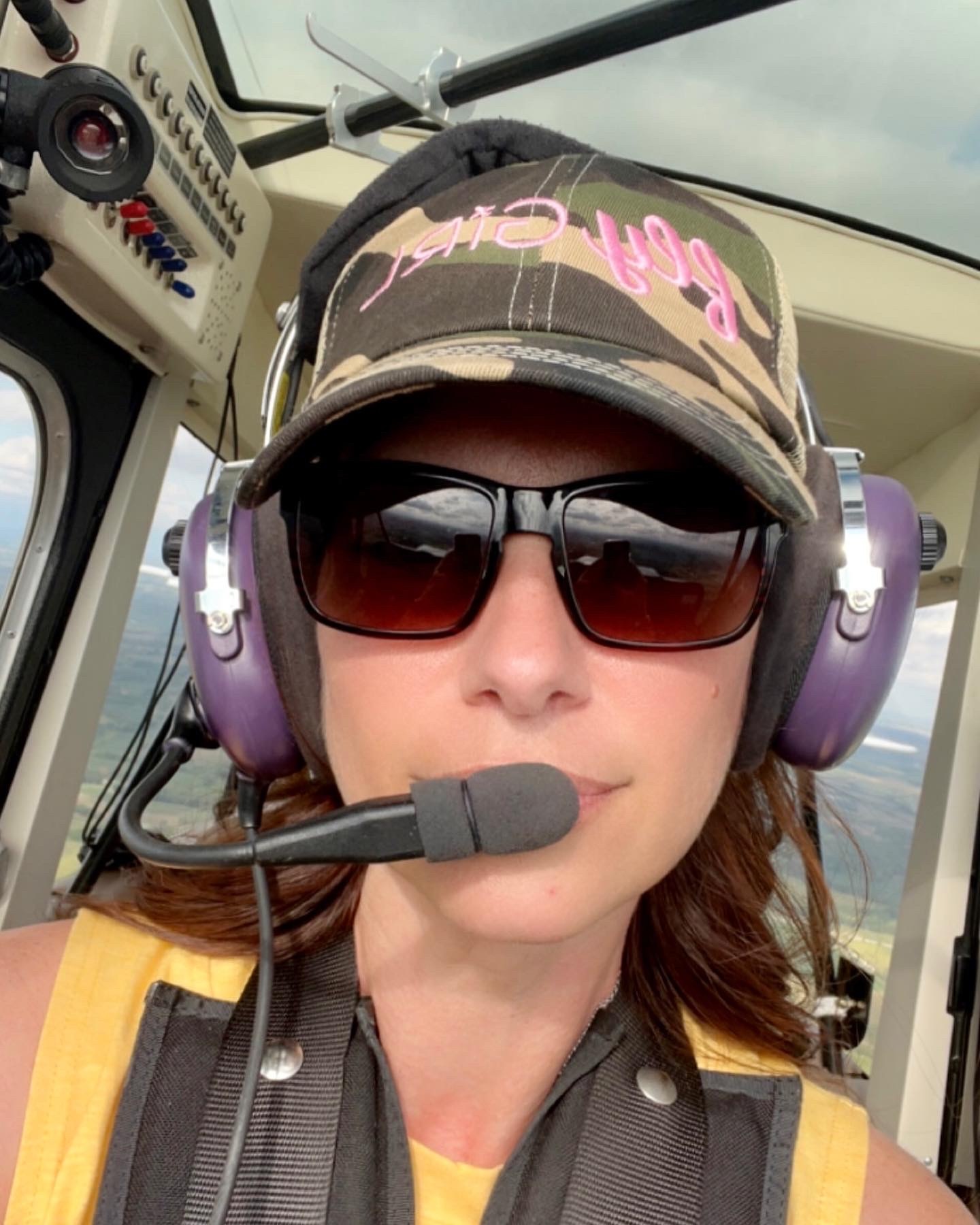
If you’re a pilot, knowing how to read a METAR (Meteorological Aerodrome Report) is a crucial skill to possess. In this article, we will guide you through the process of interpreting a METAR, so you can effectively analyze aviation weather reports and make informed decisions. We’ll cover the different components of a METAR, what they mean, and how to use them to your advantage. By the time you reach the conclusion, you’ll be well-versed in reading METARs and understanding the weather conditions they describe.
Understanding METAR Basics
A METAR is a standardized format for reporting weather information at airports. It contains critical information such as wind speed and direction, visibility, cloud cover, temperature, and dew point. Decoding a METAR is essential for pilots, air traffic controllers, and meteorologists to make informed decisions about flight safety.
To decode a METAR, you need to understand the abbreviations and codes used to represent different weather conditions. For example, “RA” stands for “rain,” “FG” stands for “fog,” and “SKC” stands for “sky clear.” By learning these codes, you can interpret a METAR and determine the weather conditions at a specific airport.
Let’s take an example METAR for Los Angeles International Airport (KLAX): KLAX 011953Z 25009KT 10SM FEW020 BKN040 OVC065 20/15 A2985 RMK AO2 SLP106 T02000150
Breaking this down, we can see that:
- KLAX is the airport identifier
- 011953Z is the date and time of the observation (01st day of the month, 1953Z or 1953 UTC)
- 25009KT is the wind direction and speed (250° true, 9 knots)
- 10SM is the visibility (10 statute miles)
- FEW020 BKN040 OVC065 is the cloud cover (few clouds at 2,000 feet, broken clouds at 4,000 feet, overcast at 6,500 feet)
- 20/15 is the temperature and dew point in Celsius (20°C and 15°C, respectively)
- A2985 is the altimeter setting (29.85 inches of mercury)
- RMK AO2 SLP106 T02000150 are remarks, including automated weather equipment, sea level pressure, and temperature.
By understanding how to decode a METAR, pilots can make informed decisions about takeoff, landing, and flight paths. Air traffic controllers can use the information to direct planes and manage airspace. Meteorologists can use the data to create forecasts and issue warnings for severe weather.
In conclusion, decoding a METAR is a crucial skill for anyone involved in aviation weather. By learning the codes and abbreviations used in a METAR, you can interpret the weather conditions at an airport and make informed decisions about flight safety. If you have any questions about reading and decoding this weather report, reach out to us at Angle of Attack. We are eager to help you on your aviation journey.

Karey grew up and obtained her in private pilot’s license in Central Iowa. She fell in love with tailwheel aircraft during her primary training and obtained a tailwheel endorsement the week following her private pilot checkride. She is eager to obtain her seaplane rating and is merging her passion for flying with her prior work career. Karey has a background in marketing, editing, and web design after graduating from Simpson College. When she is not flying or working, Karey enjoys anything related to technology and admits she can be a bit of a nerd. She also has discovered a love for virtually all outdoor pursuits, with a special fondness for climbing, shooting, and hiking.

Stay Connected
Be the very first to get notified when we publish new flying videos, free lessons, and special offers on our courses.





